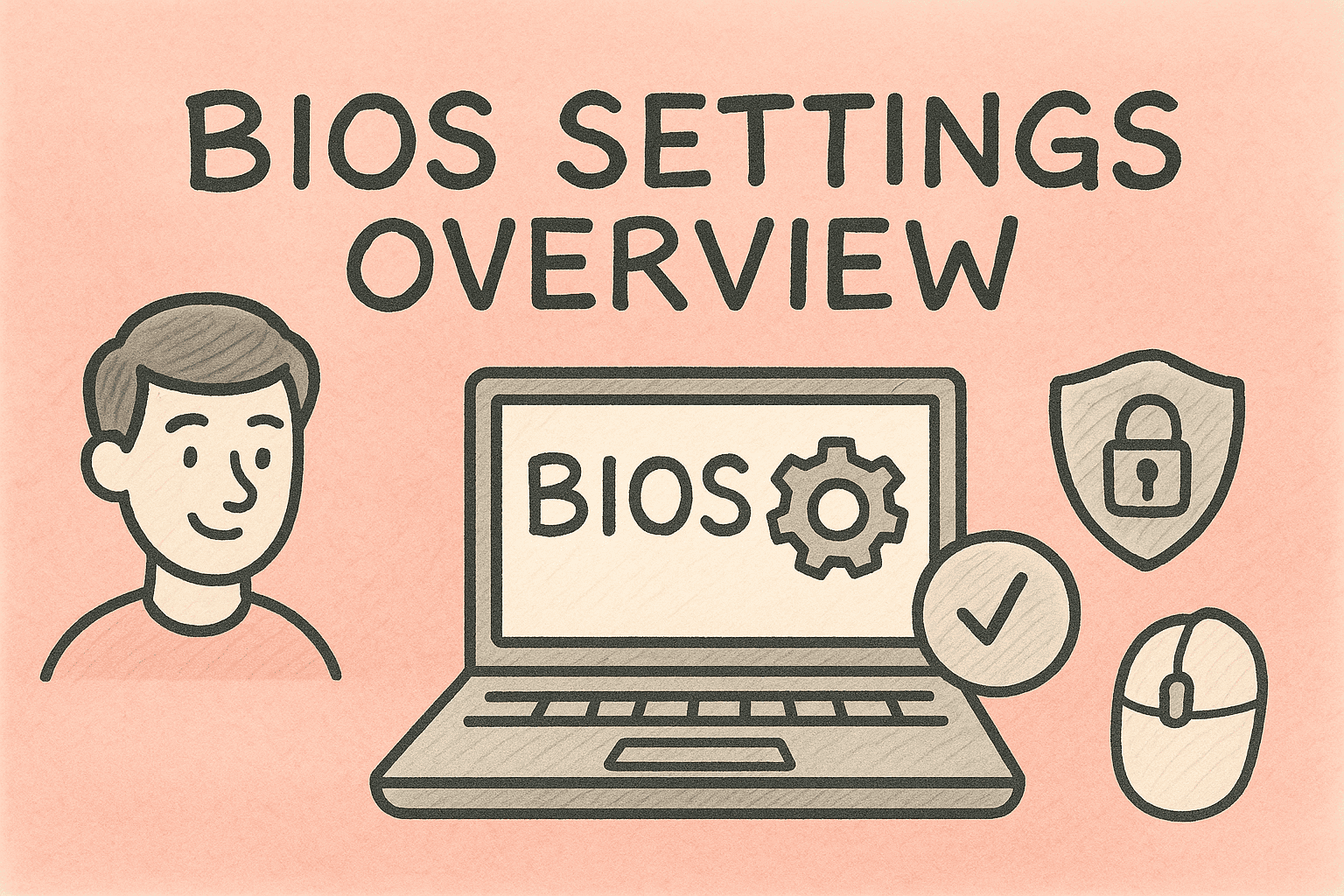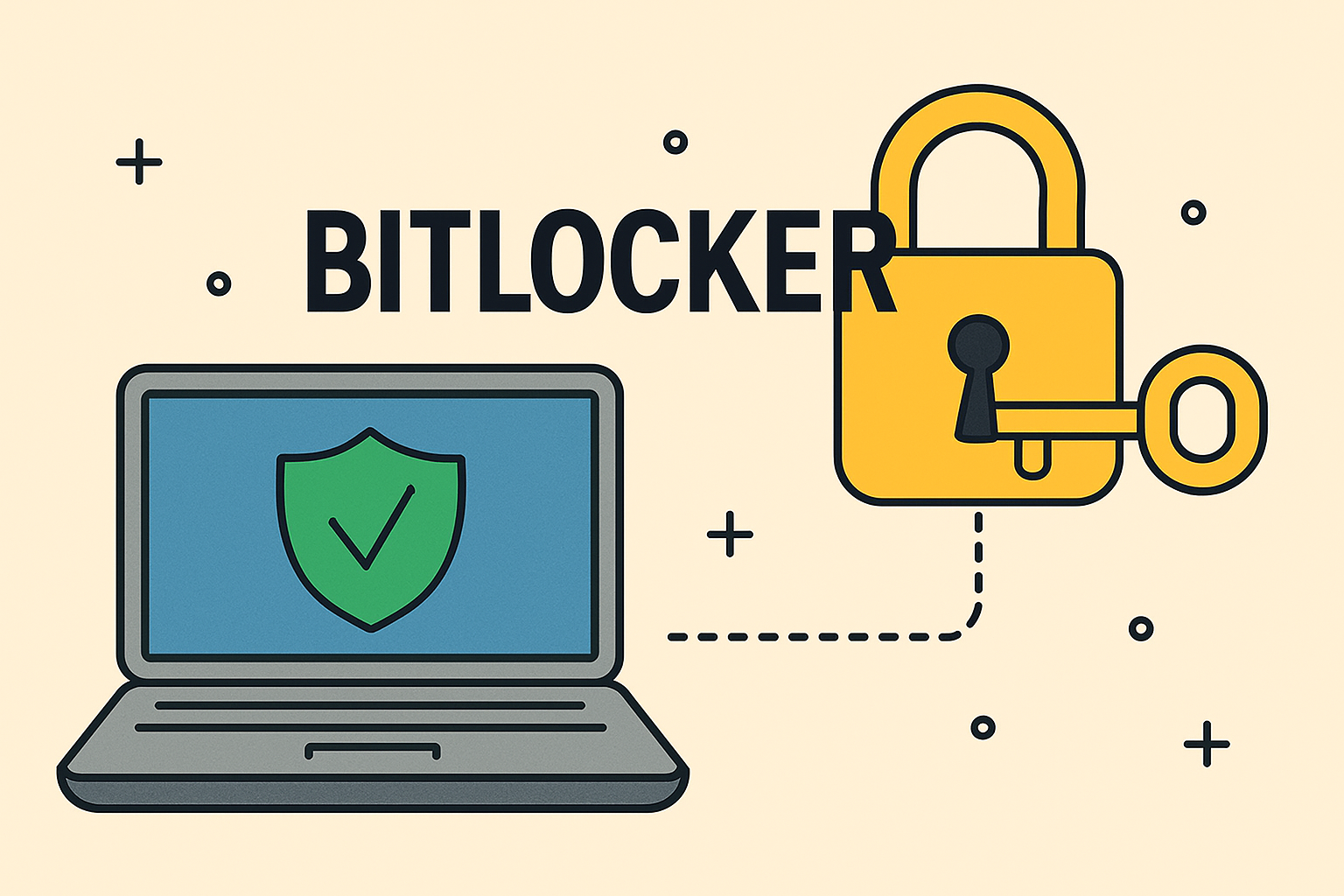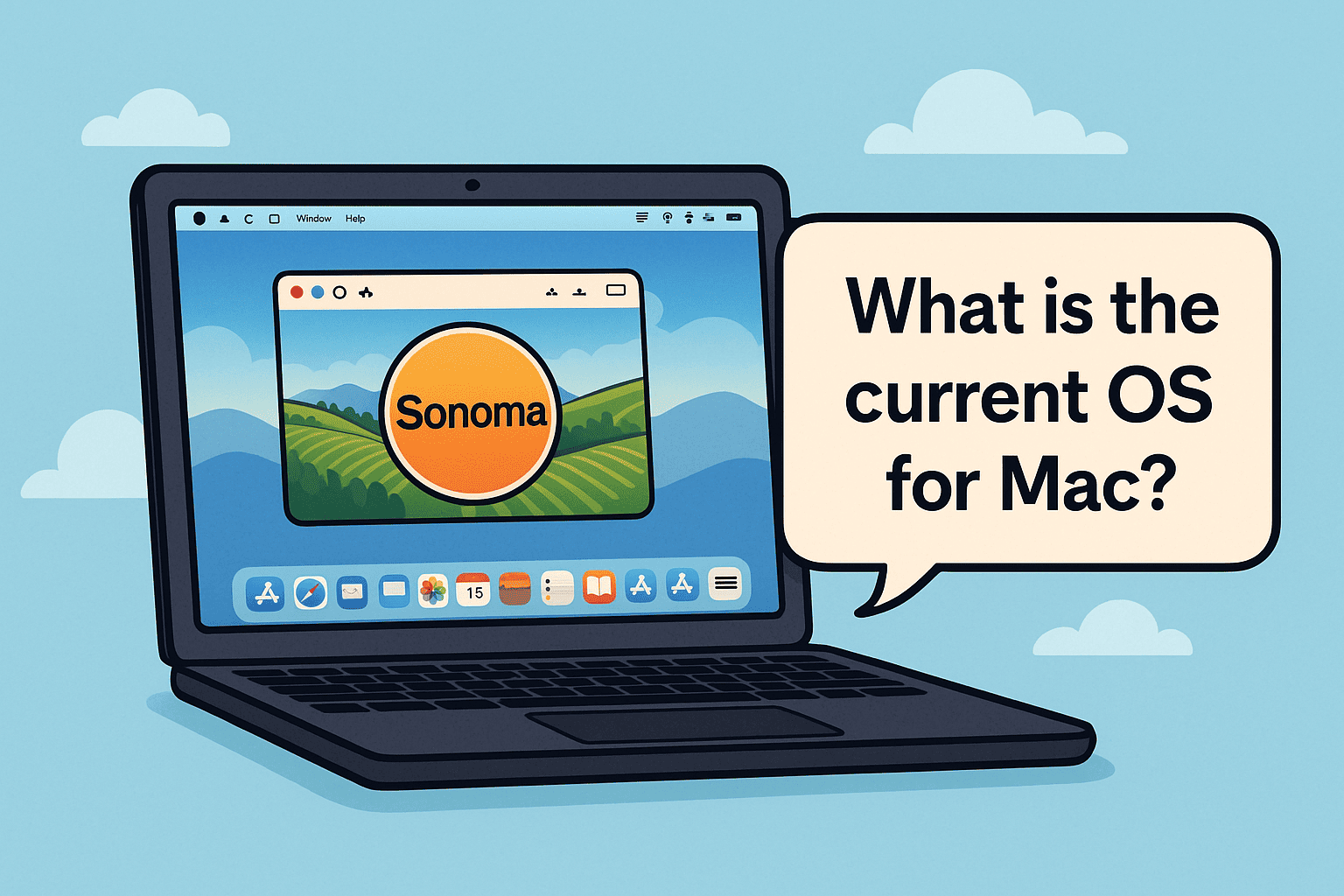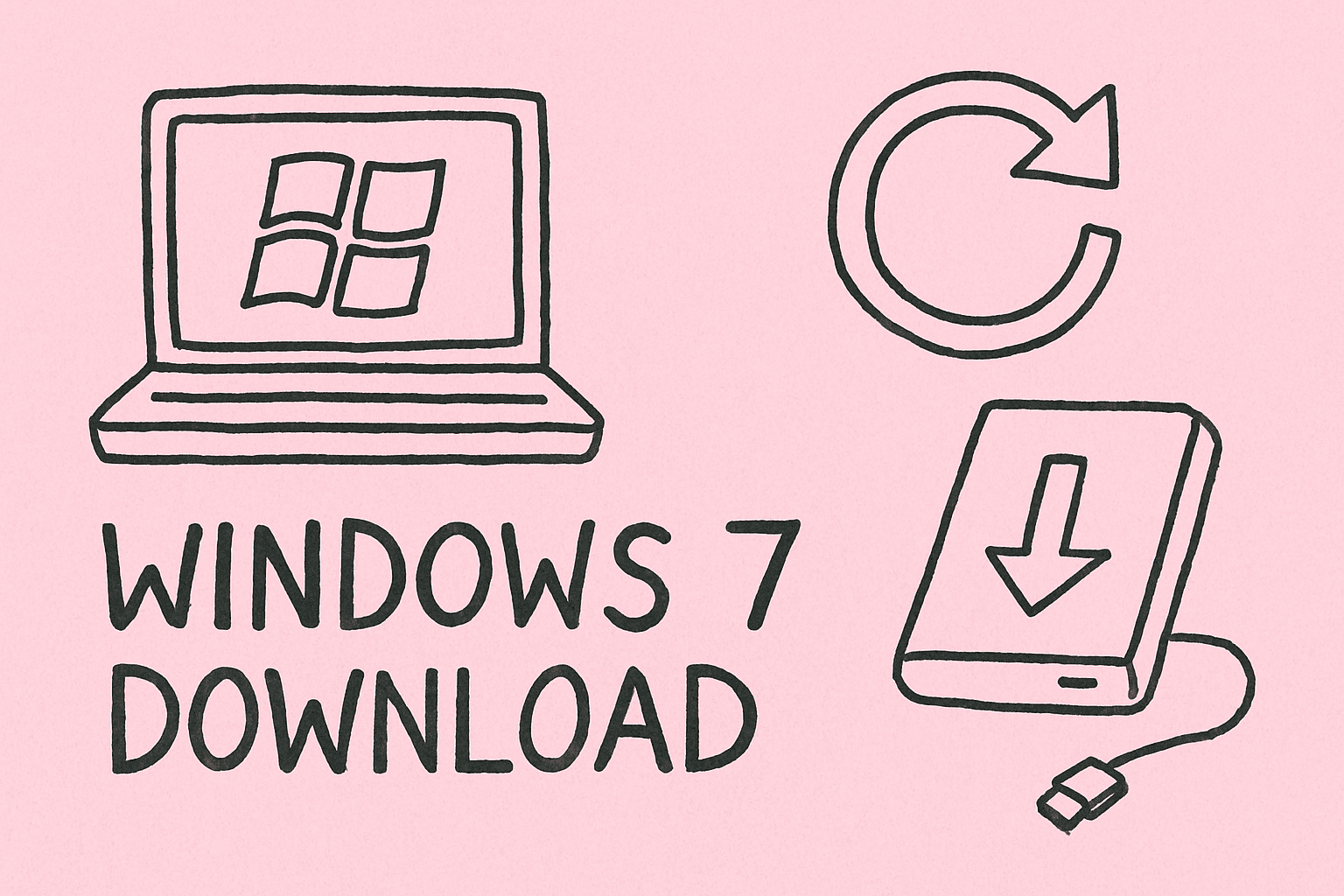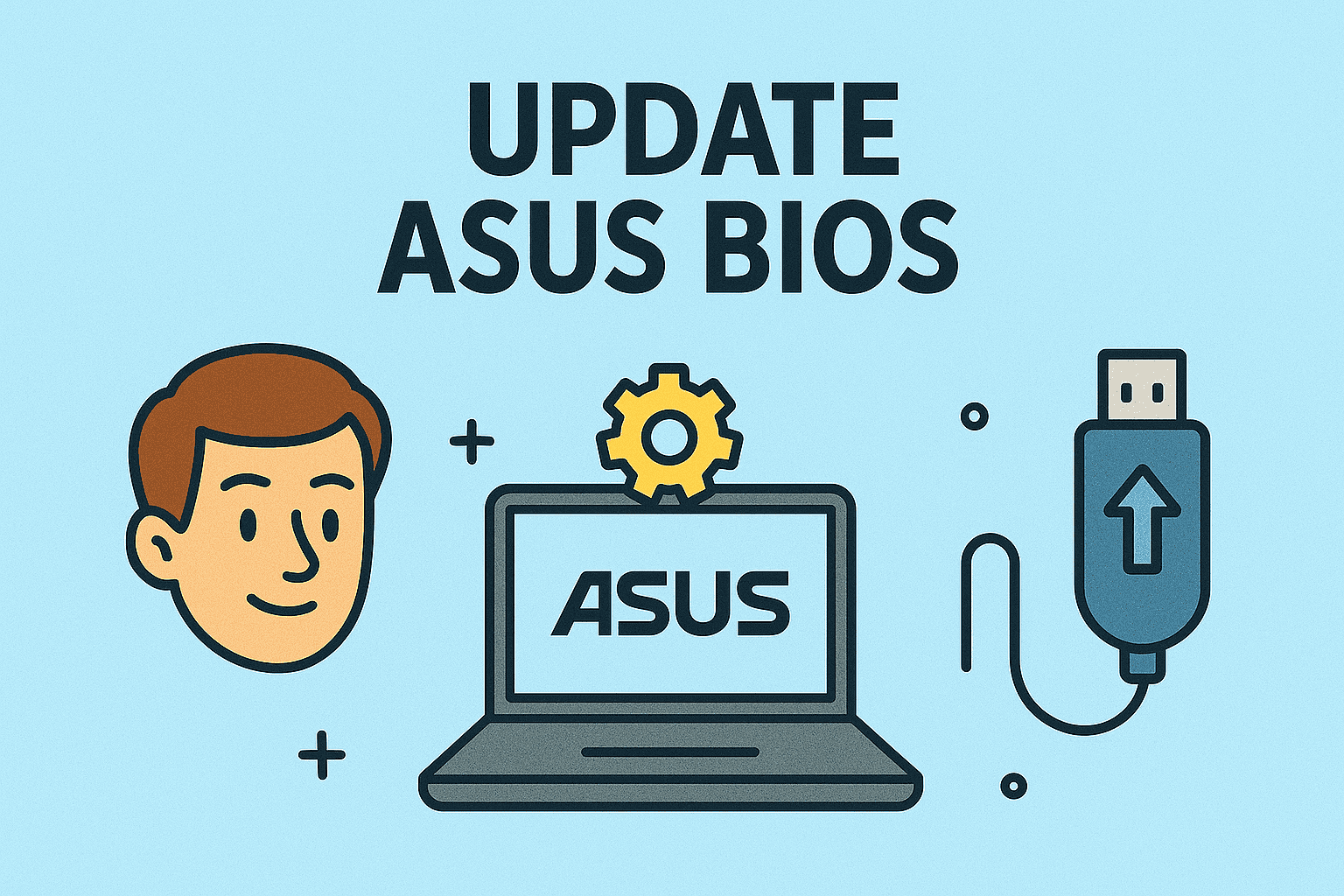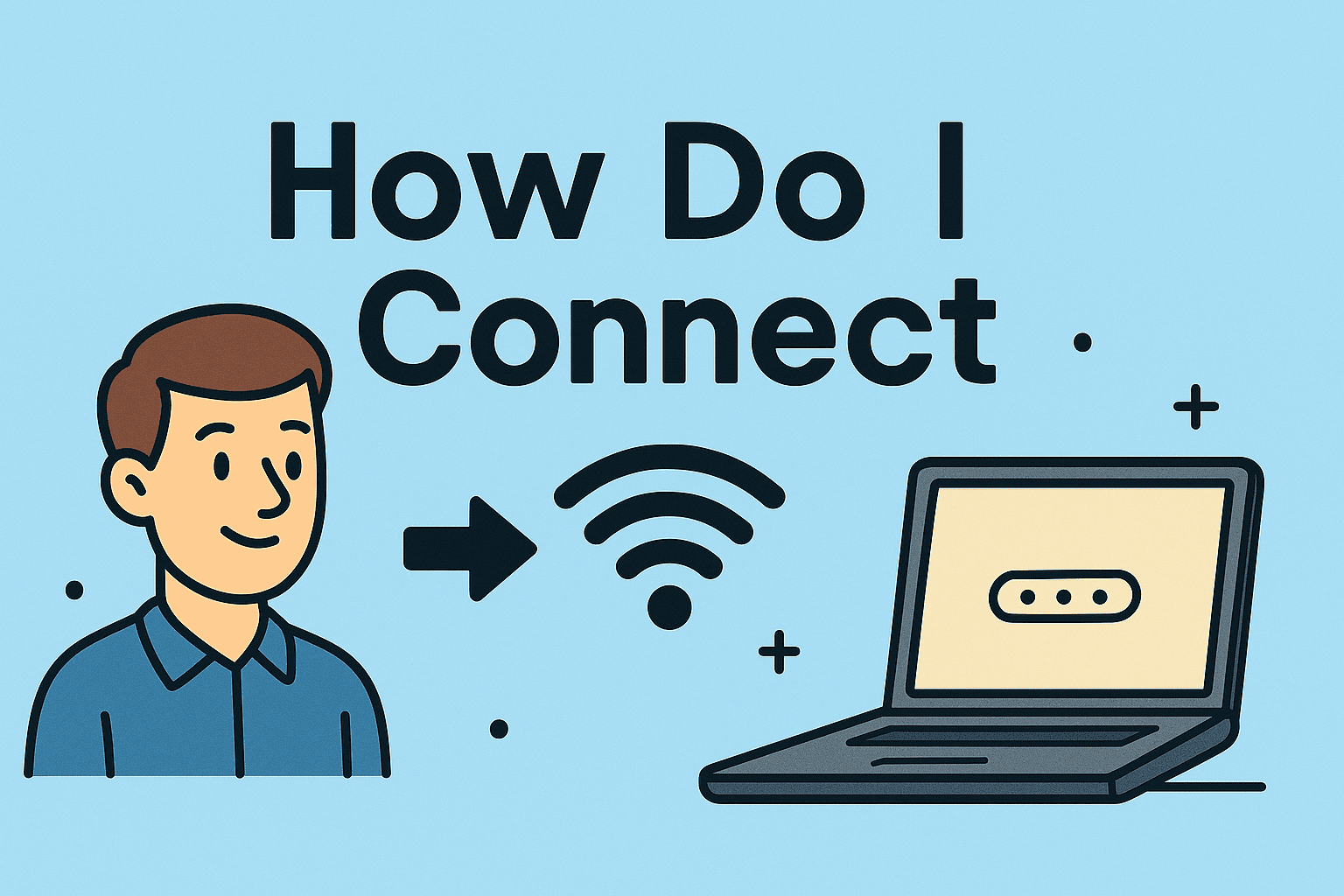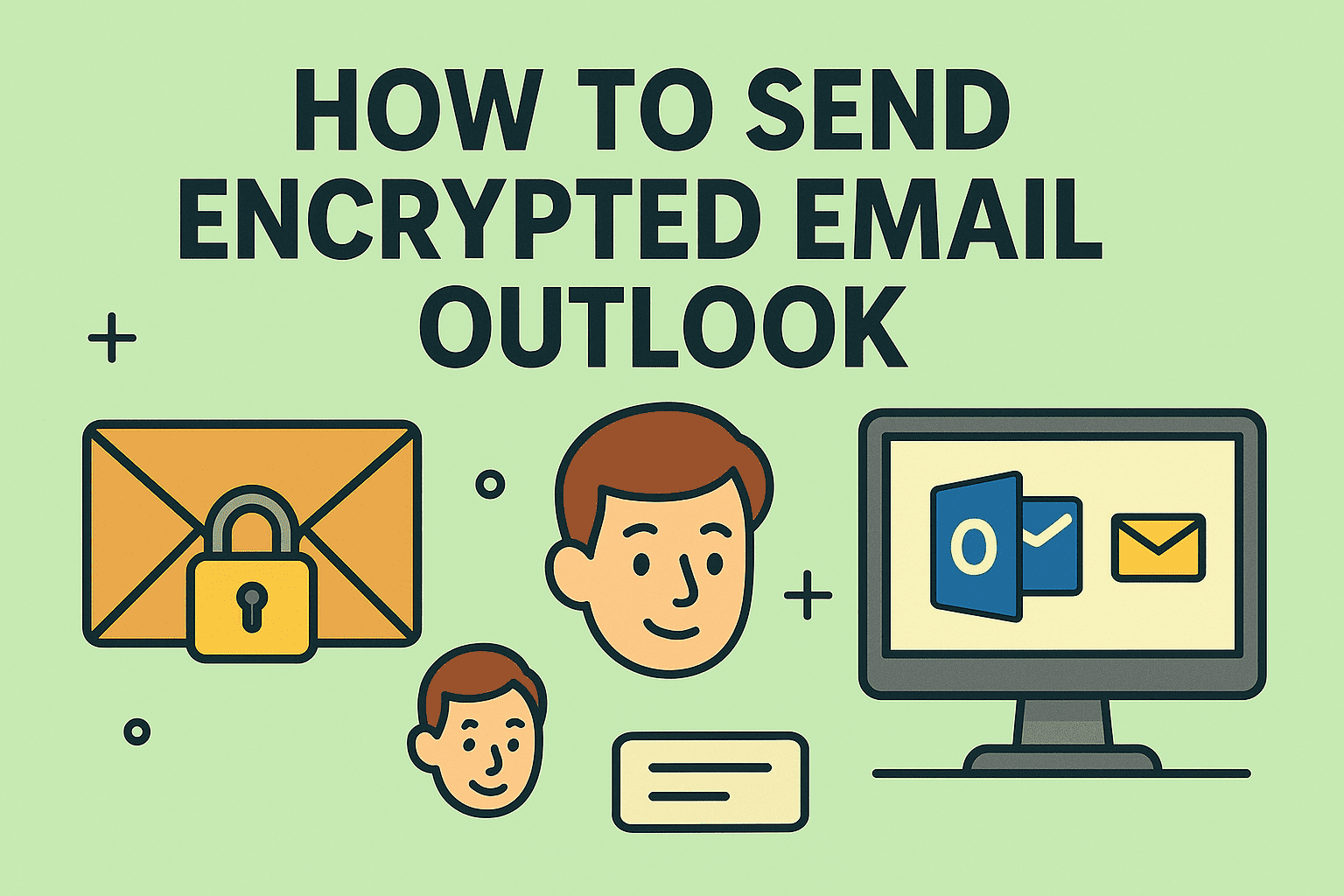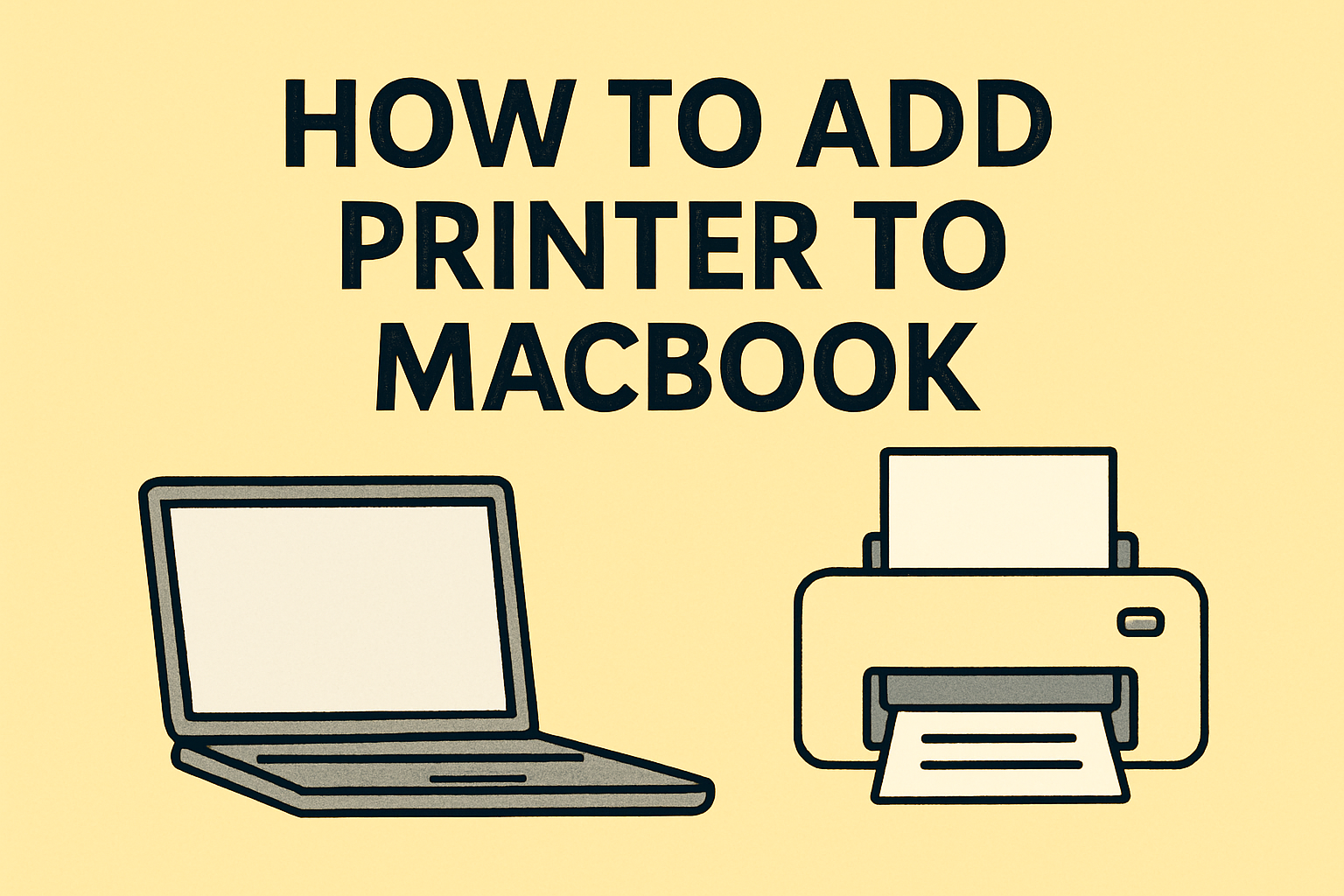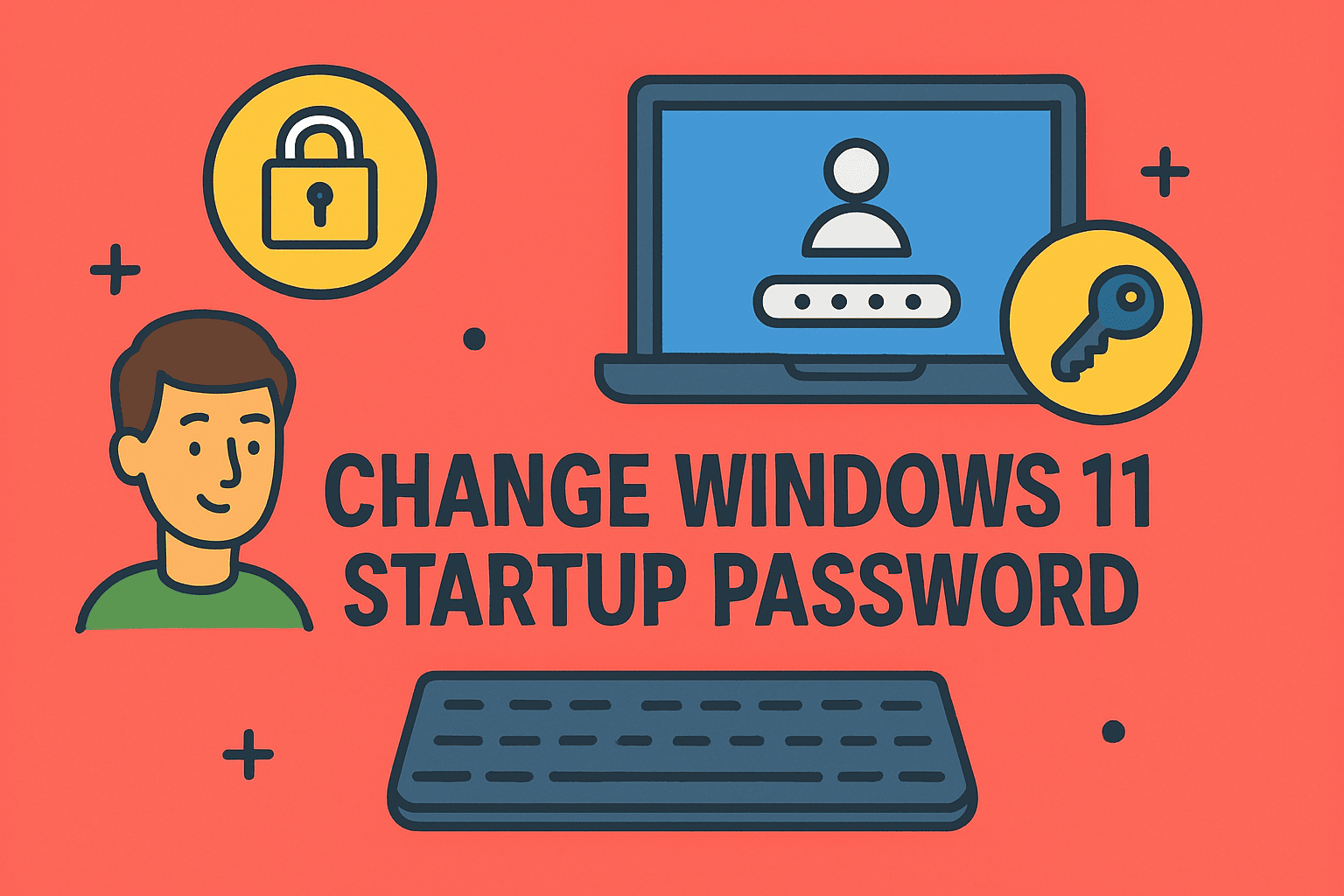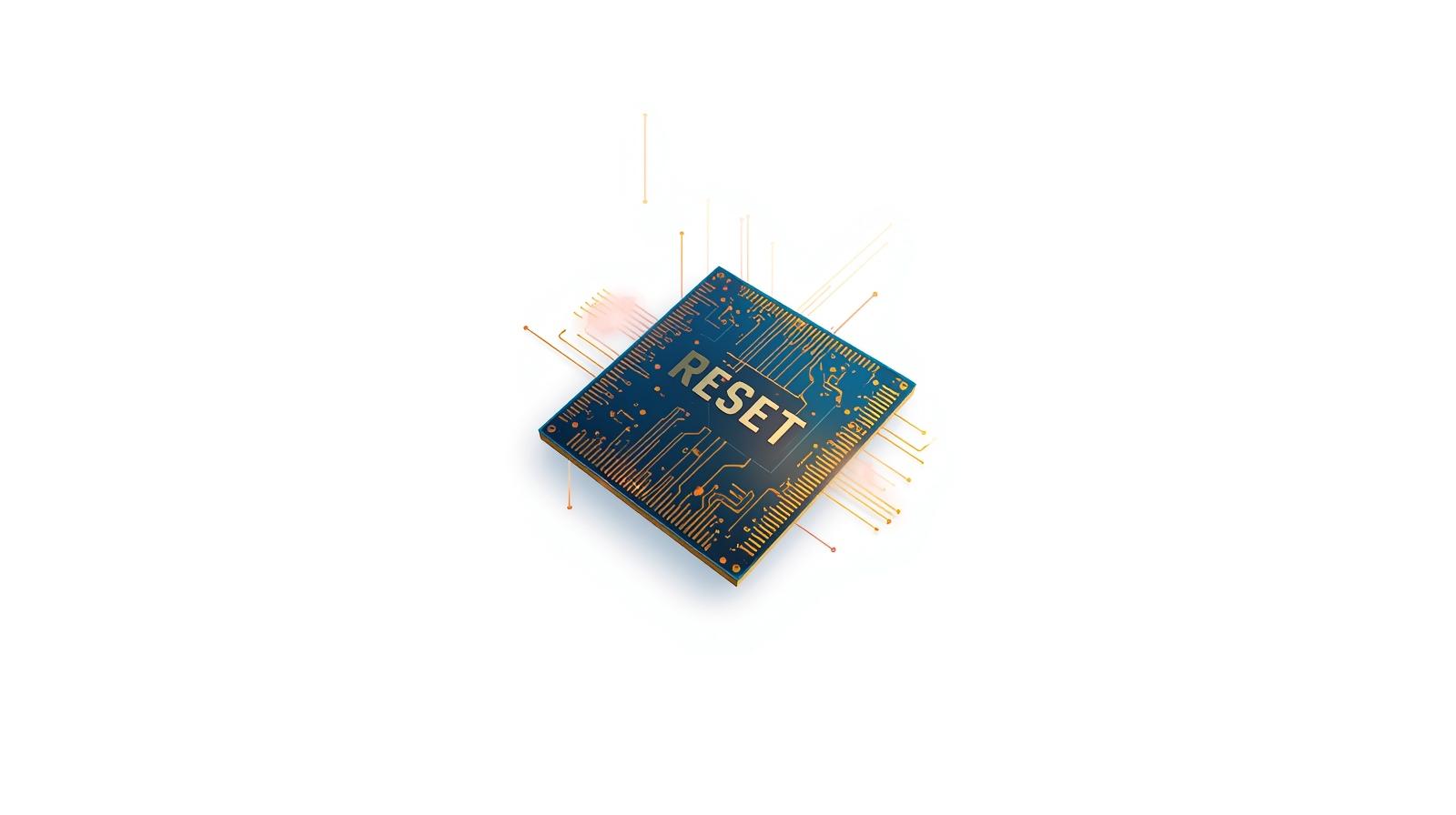Migrating from Windows 7 to Windows 10: IT & Security Roadmap
Updated on August 14, 2025, by ITarian
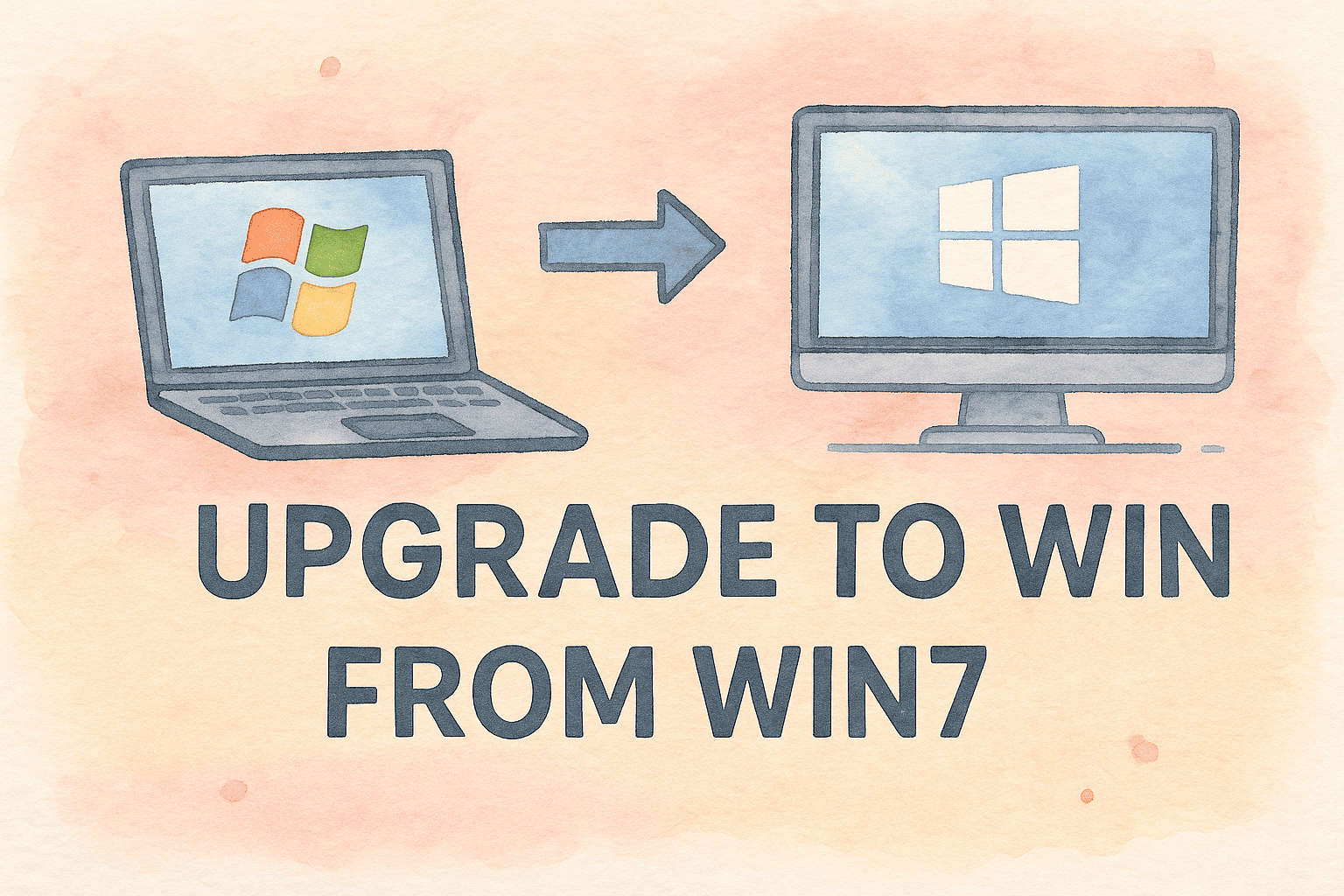
If your systems are still running Windows 7 in 2025, it’s not just an outdated operating system—it’s a serious security liability. Since Microsoft ended support in January 2020, Windows 7 has received no security patches, leaving your data and infrastructure exposed to modern cyber threats.
For IT managers, cybersecurity specialists, and business leaders, upgrading is not just a matter of performance—it’s about protecting your business from breaches, ransomware, and compliance risks.
This guide will walk you through how to upgrade to Win10 from Win7 step-by-step, covering preparation, installation, post-upgrade security configurations, and troubleshooting. By the end, you’ll have a clear roadmap to transition your systems smoothly and securely.
Why You Should Upgrade from Windows 7 to Windows 10 Immediately
1. Security Risks of Staying on Windows 7
Without updates, vulnerabilities go unpatched. Hackers actively target unsupported systems because they know defenses are outdated.
2. Compliance and Regulatory Requirements
Industries such as finance, healthcare, and government often require up-to-date OS versions to meet cybersecurity compliance standards like ISO 27001, HIPAA, or PCI-DSS.
3. Modern Application Support
More software vendors are dropping Windows 7 support. Critical tools, including endpoint security and productivity suites, often require Windows 10.
4. Performance and Feature Enhancements
Windows 10 introduces faster boot times, better memory management, integrated security tools, and modern features like Windows Hello and Windows Sandbox.
Pre-Upgrade Preparation for IT and Security Teams
A successful migration starts with proper planning. Here’s a comprehensive checklist.
1. Back Up Your Data
- Use cloud backups (OneDrive, Google Drive, or enterprise backup systems).
- Create offline backups on external hard drives.
- For businesses, consider incremental backups to minimize downtime.
2. Check Hardware Compatibility
Windows 10 minimum requirements:
- Processor: 1 GHz or faster with PAE, NX, and SSE2 support
- RAM: 1 GB (32-bit) / 2 GB (64-bit)
- Storage: 16 GB (32-bit) / 20 GB (64-bit)
- Graphics: DirectX 9 or later with WDDM 1.0 driver
Tip: Use Microsoft’s PC Health Check Tool to verify compatibility.
3. Update Firmware and BIOS
Outdated firmware can cause installation errors. Visit your manufacturer’s support page to download the latest BIOS/UEFI updates.
4. Identify and Remove Incompatible Software
Some older drivers, VPNs, and security programs can interfere with the upgrade process.
5. Choose Your Installation Method
- In-place Upgrade: Keeps files, settings, and applications.
- Clean Install: Wipes the system for a fresh start—recommended for older or heavily infected systems.
Step-by-Step Guide: How to Upgrade to Win10 from Win7
Step 1: Secure a Windows 10 License
- Use your existing Windows 7 license key (often still works for activation).
- For organizations, consider Volume Licensing to manage multiple devices.
Step 2: Download Microsoft’s Media Creation Tool
- Go to the official Microsoft download page.
- Download the Media Creation Tool.
- Run the tool and accept the license terms.
Step 3: Select the Installation Option
- Upgrade This PC Now – Best for a single machine upgrade.
- Create Installation Media – Ideal for upgrading multiple systems or performing a clean install.
Step 4: Follow the On-Screen Instructions
- Select Keep personal files and apps for minimal disruption.
- For better performance and security, opt for Nothing and perform a clean install.
- Let the installation run—it can take anywhere from 30 minutes to 2 hours.
Step 5: Activate Windows 10
- Go to Settings → Update & Security → Activation.
- Enter your product key or sign in with your Microsoft account.
Post-Upgrade Steps for Maximum Security
Once you’ve upgraded, your work isn’t over—post-installation security hardening is critical.
1. Install All Windows Updates
This ensures you have the latest patches, driver updates, and feature improvements.
2. Enable BitLocker Encryption
Protects sensitive business data in case of device theft.
3. Configure Windows Defender Firewall
Adjust inbound and outbound rules to block unauthorized access.
4. Install Enterprise Security Solutions
Deploy EDR/XDR platforms to monitor for suspicious activity.
5. Set Up Automatic Backups
Schedule backups to cloud or network drives to prevent data loss.
Troubleshooting Common Upgrade Issues
Problem 1: Upgrade Fails or Freezes
- Disconnect external devices.
- Temporarily disable antivirus software.
- Ensure BIOS is up to date.
Problem 2: Windows Not Activating
- Confirm product key matches installed edition.
- Use Microsoft’s activation troubleshooter.
Problem 3: Driver Compatibility Errors
- Visit the manufacturer’s website for updated drivers.
- Use Device Manager to manually update outdated drivers.
Key Benefits of Windows 10 for Business Security
- Windows Hello – Biometric authentication for secure logins.
- Windows Defender ATP – Detects and responds to advanced threats.
- Windows Sandbox – Runs unknown programs safely.
- Virtual Desktop Infrastructure Support – Improves remote work security.
Best Practices for Large-Scale Upgrades
- Pilot Test the Upgrade – Deploy to a small user group first.
- Schedule Off-Hours Installation – Minimize downtime for employees.
- Document the Upgrade Process – Helps with compliance audits.
- Have a Rollback Plan – Create a system image before upgrading.
Security Risks of Delaying the Upgrade
Every day on Windows 7 increases your attack surface. Hackers actively scan for outdated OS versions to exploit. The longer you delay, the greater the risk of:
- Ransomware Attacks
- Phishing Campaigns targeting outdated software
- Compliance Violations
- Data Breaches costing millions in damages
Frequently Asked Questions (FAQs)
Q1: Is the Windows 10 upgrade still free for Windows 7 users?
A1: While Microsoft ended the free upgrade officially, many users can still activate with a valid Windows 7 key.
Q2: Can I keep all my files during the upgrade?
A2: Yes, if you choose the “Keep personal files and apps” option, but backups are still strongly recommended.
Q3: Will my old software work on Windows 10?
A3: Most modern software will, but some legacy applications may require compatibility mode.
Q4: How long does the upgrade take?
A4: Between 30 minutes and 2 hours, depending on system specs.
Q5: Do I need to disable antivirus before upgrading?
A5: Temporarily disabling can prevent installation conflicts.
Final Thoughts
Upgrading from Windows 7 to Windows 10 is not optional for serious IT leaders and cybersecurity professionals—it’s a necessity for securing your infrastructure. With better performance, modern features, and ongoing security updates, Windows 10 is a foundation for a safe and efficient business environment.
Now is the time to act. The longer you wait, the greater your exposure to threats.
Get started with enterprise-grade endpoint protection at Itarian and keep your upgraded systems secure.

